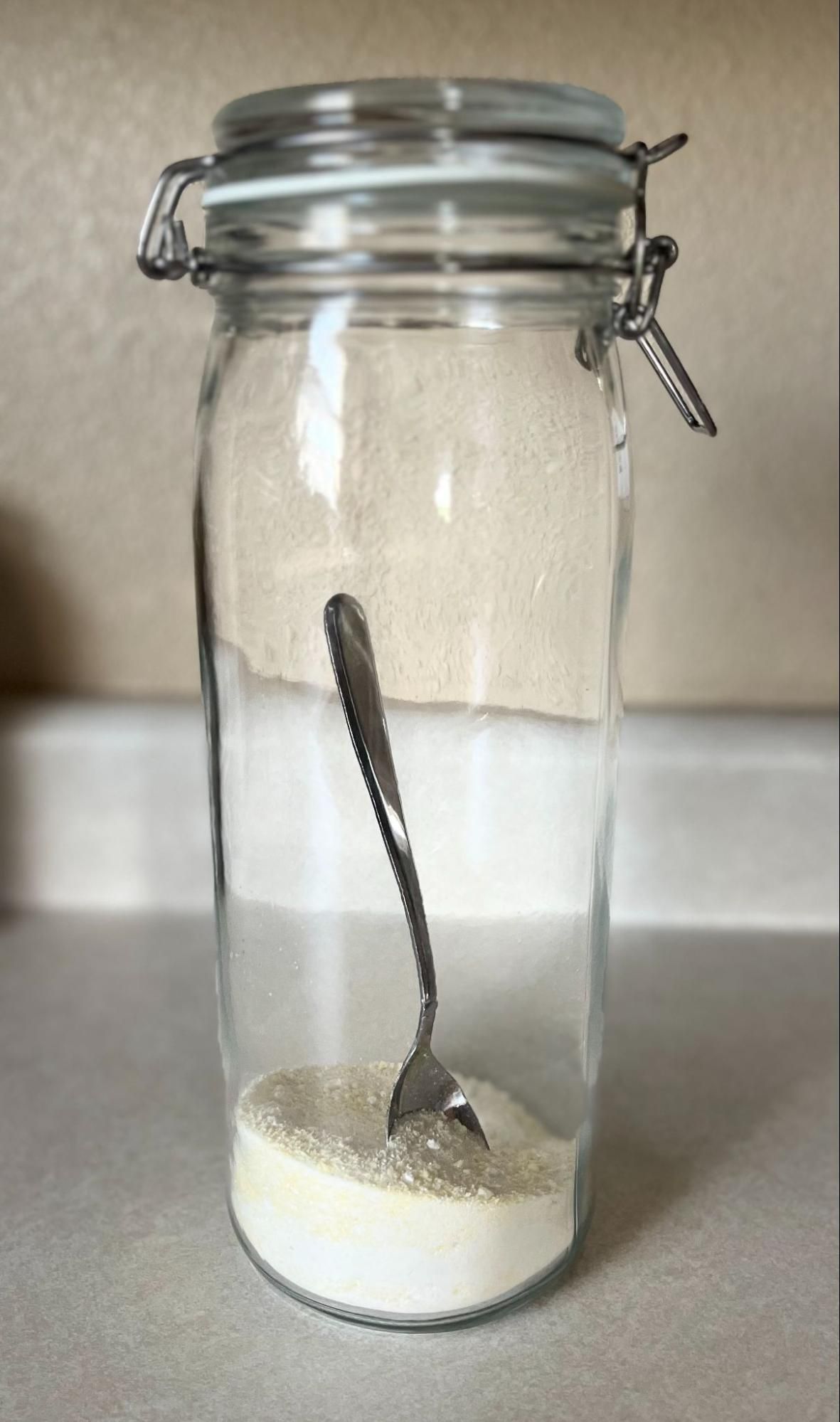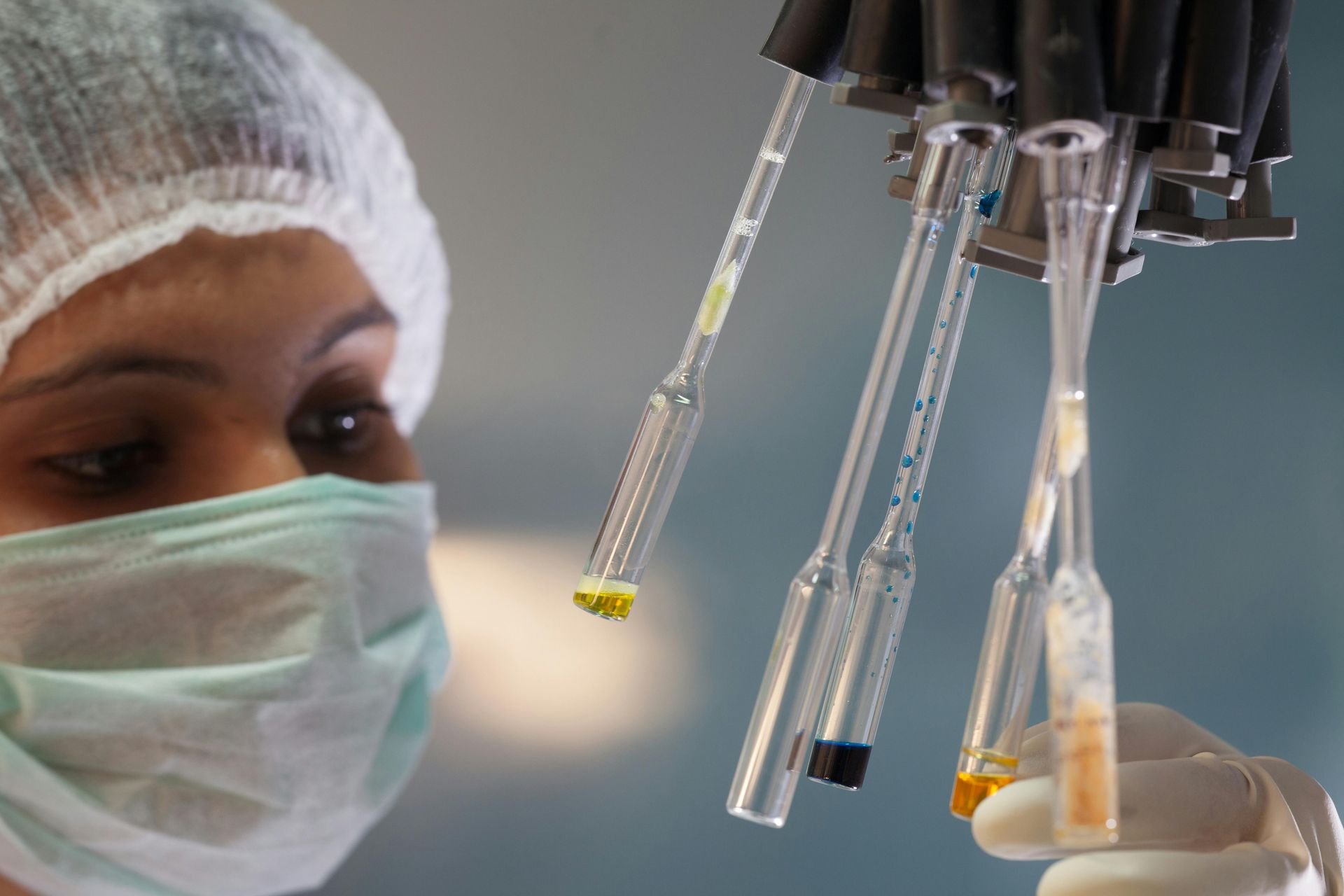Are There Heavy Metals in Protein Powder?

What the Viral Consumer Reports Article Got Wrong
I hate clickbait.
It makes me feel cheated — like my time’s been wasted.
And while I’d love to say I’m quitting social media altogether, let’s be real: I can’t. It’s part of running a business… and honestly, it’s just too entertaining. (I may actually have a problem. Hmm.)
But what really gets under my skin?
👉 The fear-peddling garbage that goes viral and spreads like wildfire.
This week’s culprit? A new Consumer Reports article that tested protein powders for heavy metals. At first glance, it looked legit — until I realized it listed one of my favorite clean brands and claimed it had “issues.” Cue the eye rolls.
There’s nothing more frustrating than finding a brand you love, that’s clean and trustworthy, only to see it suddenly called out online as “unsafe.”
But something about this article didn’t sit right with me. Thankfully, the company in question — Equip Prime Protein — released a thoughtful, evidence-based response that cleared things up beautifully.
Why This Matters
In our high school health course this week, we’ve actually been learning how to read scientific studies and discern media claims. The timing could not have been better.
Because here’s the thing:
Most people never read beyond the headline.
The Consumer Reports article tested protein powders for heavy metals — and while that sounds concerning, context is everything.
If you want a full breakdown, read the official Equip response here ➡️.
What the Science Really Says
Let’s look at what research actually tells us — not what headlines want you to feel.
🧪 1. Heavy metals in protein powders are measurable — but not necessarily harmful
(yes large amounts are bad, micro amounts are meh)
A 2020 study published in Food and Chemical Toxicology titled “A human health risk assessment of heavy metal ingestion among consumers of protein powder supplements” examined 133 commercial protein powders for arsenic (As), cadmium (Cd), lead (Pb), and mercury (Hg).
The findings? Even when people consumed one to three servings per day, the
estimated exposures were below levels likely to cause harm (hazard index < 1) for adults.
Source: PubMed ID 33005567
In other words — yes, trace metals exist, but under normal use, they don’t pose a realistic toxicity risk. The same study noted that whey-based powders had among the lowest heavy metal concentrations.
🌱 2. Plant-based protein powders tend to contain more heavy metals
Multiple independent reviews have found that plant-based powders (like pea, soy, and rice) often show higher levels of lead and cadmium. This is because plants absorb metals from the soil where they grow — a natural, unavoidable process.
The
Clean Label Project (CLP) analyzed over 160 protein powders and found that plant-based varieties contained about
three times more lead than whey-based ones, and
organic powders averaged higher metals than conventional ones.
Clean Label Project, 2018 summary
This 2025 Consumer Reports follow-up does confirm similar findings — plant-based blends contained nearly nine times more lead than dairy (whey)-based options, and about twice as much as beef isolate powders.
The takeaway: choosing a grass-fed beef isolate like Equip often means lower metal exposure than plant-based alternatives.
🧂 3. Trace metals exist naturally in soil, salt, and food
This is where common sense (and basic chemistry) come in.
Anything that comes from the earth — salt, apples, spinach, cacao, and even your organic veggies — contains trace metals. That doesn’t make them dangerous.
In fact, our bodies require certain metals like iron, zinc, and copper to function. The key is dose and bioavailability. Most heavy metals in natural foods are poorly absorbed through digestion and are excreted in stool rather than stored.
Toxicological Reviews (2019) notes that dietary exposure to these elements at trace levels is “typically non-bioavailable” and that “oral ingestion is a limited absorption route for most heavy metals compared to inhalation or injection.”
Source: PubMed ID 31177602
So when you hear that your Redmond Real Salt “tested positive” for metals — of course it did. It’s from the earth. Your beautiful organic apple contains tiny amounts of arsenic too, and yet no one’s panicking about fruit salad.
☣️ 4. The real contaminants to watch
While everyone panics about “heavy metals,” a bigger modern issue is glyphosate — the primary herbicide used on conventional crops like peas and soy.
Studies have shown that pea proteins and other plant-based isolates often test high in glyphosate residues, as well as pesticide and herbicide residues, depending on the agricultural source.
For example, an Environmental Working Group (EWG) study found detectable glyphosate in 26 of 28 conventional oat-based and pea-based products tested.
EWG, 2023 Glyphosate in Foods Report
That’s why I’m far more concerned about plant-based protein powders than about clean, grass-fed beef isolates.
Practical Takeaways
🧠 Context matters. Presence ≠ danger. The amounts found in most clean proteins are far below thresholds of concern.
🌱 Plant proteins absorb metals from soil and often contain pesticide residues. Choose beef isolate from trusted sources instead.
🚫 Fear-based headlines often omit nuance. Most “health scare” articles don’t explain how metals are measured, in what form, or what actual toxicity thresholds mean.
🥩 Equip Prime Protein and other quality beef isolates typically test low for both heavy metals and contaminants — making them one of the cleaner, more bioavailable protein sources available.
The Bottom Line
Viral headlines thrive on fear — but fear doesn’t lead to truth.
If something is real, natural, and has been eaten as food for thousands of years, it’s probably not the problem.
It’s the ultra-processed, artificial stuff that deserves your concern.
So keep using your common sense — and your Equip Prime Protein. 😉
Get Your Equip Prime Protein Here! or use the code REBECCA-STUART for 15% off
References
- Food Chem Toxicol. 2020;146:111853. doi:10.1016/j.fct.2020.111853
- Clean Label Project. Protein Powder Contaminant Study. 2018. https://www.cleanlabelproject.org/protein-powder/
- Consumer Reports. What’s Really in Your Protein Powder? 2025.
- Toxicol Rev. 2019;38(3):211–225. doi:10.1007/s12565-019-00483-9
- Environmental Working Group (EWG). Glyphosate Found in Most Plant-Based Protein Products Tested. 2023.










